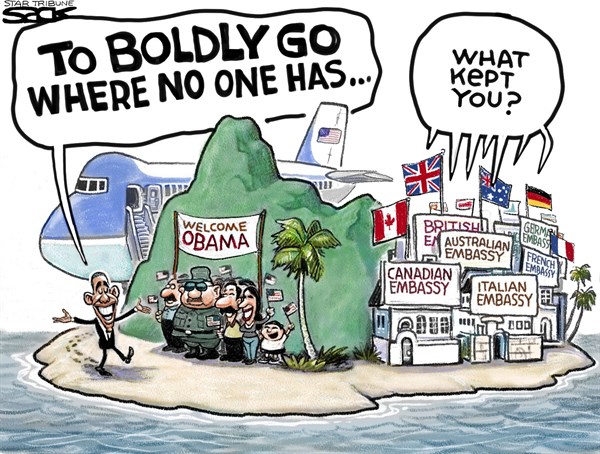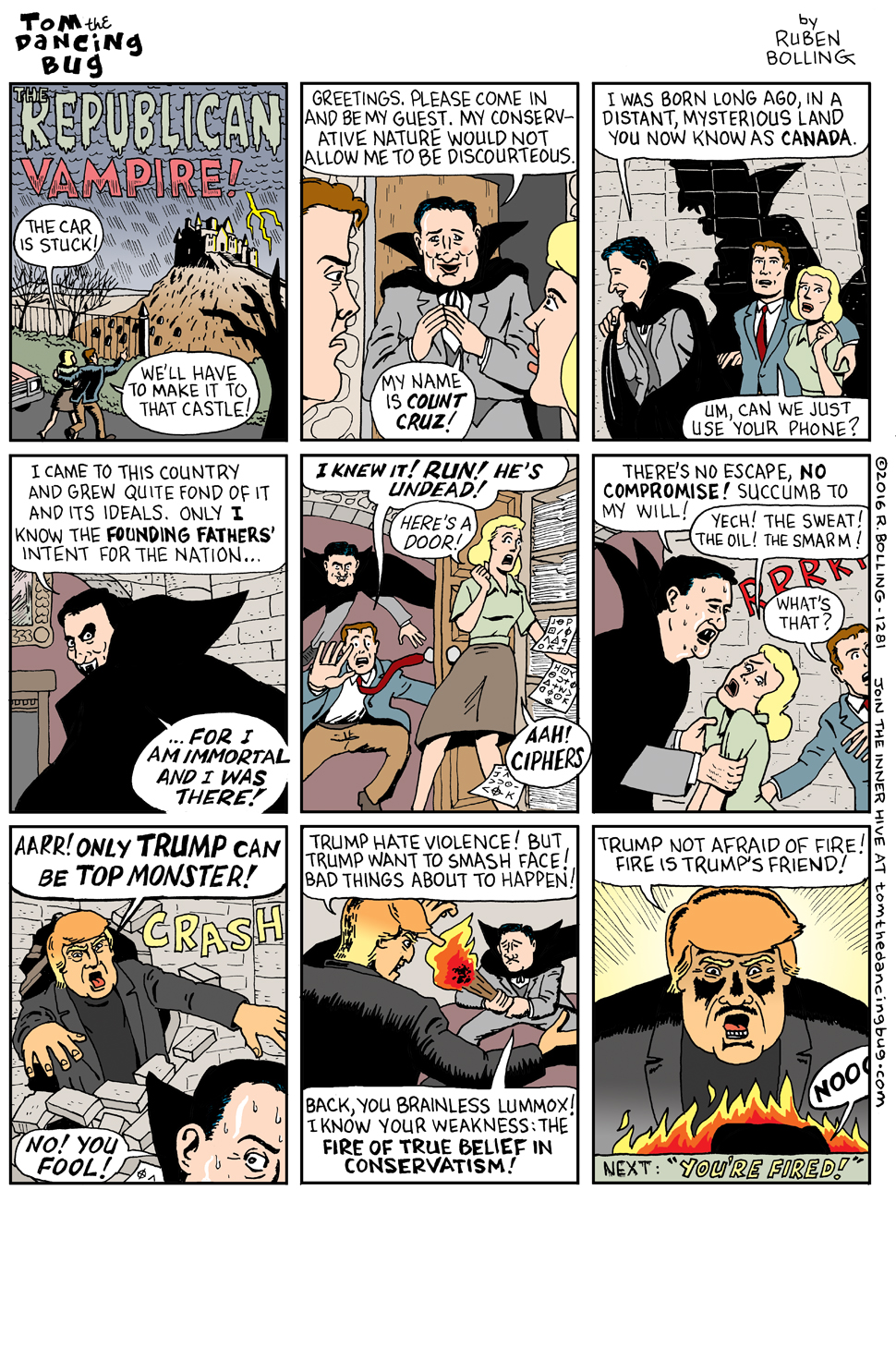n2doc
n2doc's JournalSlaughter at the bridge: Uncovering a colossal Bronze Age battle
About 3200 years ago, two armies clashed at a river crossing near the Baltic Sea. The confrontation can’t be found in any history books—the written word didn’t become common in these parts for another 2000 years—but this was no skirmish between local clans. Thousands of warriors came together in a brutal struggle, perhaps fought on a single day, using weapons crafted from wood, flint, and bronze, a metal that was then the height of military technology.
Struggling to find solid footing on the banks of the Tollense River, a narrow ribbon of water that flows through the marshes of northern Germany toward the Baltic Sea, the armies fought hand-to-hand, maiming and killing with war clubs, spears, swords, and knives. Bronze- and flint-tipped arrows were loosed at close range, piercing skulls and lodging deep into the bones of young men. Horses belonging to high-ranking warriors crumpled into the muck, fatally speared. Not everyone stood their ground in the melee: Some warriors broke and ran, and were struck down from behind.
When the fighting was through, hundreds lay dead, littering the swampy valley. Some bodies were stripped of their valuables and left bobbing in shallow ponds; others sank to the bottom, protected from plundering by a meter or two of water. Peat slowly settled over the bones. Within centuries, the entire battle was forgotten.
 ?itok=QXbzKPUA
?itok=QXbzKPUA
In 1996, an amateur archaeologist found a single upper arm bone sticking out of the steep riverbank—the first clue that the Tollense Valley, about 120 kilometers north of Berlin, concealed a gruesome secret. A flint arrowhead was firmly embedded in one end of the bone, prompting archaeologists to dig a small test excavation that yielded more bones, a bashed-in skull, and a 73-centimeter club resembling a baseball bat. The artifacts all were radiocarbon-dated to about 1250 B.C.E., suggesting they stemmed from a single episode during Europe’s Bronze Age.
more
http://www.sciencemag.org/news/2016/03/slaughter-bridge-uncovering-colossal-bronze-age-battle
Synthetic microbe lives with less than 500 genes
When it comes to genome size, a rare Japanese flower, called Paris japonica, is the current heavyweight champ, with 50 times more DNA than humans. At the other end of the scale, there’s now a new lightweight record-holder growing in petri dishes in California. This week in
Science, researchers led by genome sequencing pioneer Craig Venter report engineering a bacterium to have the smallest genome—and the fewest genes—of any freely living organism, smaller than the flower’s by a factor of 282,000. Known as Syn 3.0, the new organism has a genome whittled down to the bare essentials needed to survive and reproduce, just 473 genes. “It’s a tour de force,” says George Church, a synthetic biologist at Harvard University.
The microbe’s streamlined genetic structure excites evolutionary biologists and biotechnologists, who anticipate adding genes back to it one by one to study their effects. “It’s an important step to creating a living cell where the genome is fully
defined,” says synthetic biologist Chris Voigt of the Massachusetts Institute of Technology in Cambridge. But Voigt and others note that this complete definition remains a ways off, because the function of 149 of Syn 3.0’s genes—roughly one-third—
remains unknown. Investigators’ first task is to probe the roles of those genes, which promise new insights into the basic biology of life.
As Syn 3.0’s name suggests, it’s not the first synthetic life made by Venter, who heads the J. Craig Venter Institute (JCVI) and is a founder of Synthetic Genomics, a biotech company, both in San Diego, California. In 2010, Venter’s team reported that they had synthesized the sole chromosome of Mycoplasma mycoides—a bacterium with a relatively small genome—and transplanted it into a separate mycoplasma called M. capricolum, from which they had previously extracted the DNA. After several false starts, they showed that the synthetic microbe booted up and synthesized proteins normally made by M. mycoides rather than M. capricolum (Science, 21 May 2010,
p. 958). Still, other than adding a bit of watermark DNA, the researchers left the genetic material in their initial synthetic organism, Syn 1.0, unchanged from
the parent.
In their current work, Venter, along with project leader Clyde Hutchison at JCVI, set out to determine the minimal set of genes needed for life by stripping nonessential genes from Syn 1.0. They initially formed two teams, each with the same task: using all available genomic knowledge to design a bacterial chromosome with the hypothetical minimum genome. Both proposals were then synthesized and transplanted into
M. capricolum to see whether either would produce a viable organism.
http://www.sciencemag.org/news/2016/03/synthetic-microbe-lives-less-500-genes?utm_source=sciencemagazine&utm_medium=facebook-text&utm_campaign=syn30-3195
Bernie Sanders Stood Up for the Constitution in His Response to Trump and Brussels
As the primary results rolled in on Tuesday, and Bernie Sanders desperately hung onto his presidential bid with wins in Utah and Idaho, he sat on a couch in Hollywood with Jimmy Kimmel. He's the least Hollywood guy, this Bernie Sanders, not flashy at all, without the time to doll himself up for the cameras or pretend to be anything he's not. So he sat there and talked about the issues. There weren't any "what's your favorite movie?" moments or "let's play beer pong" moments or "be in this silly skit where kids don't know who you are" moments. Just a guy who wants you to hear all his ideas. But, most importantly, there was this moment when Sanders discusses the attacks in Brussels.
Kimmel began the question: "In times when we are under attack or our allies are under attack, it seems that Americans gravitate toward the candidate who talks the toughest," noting that after the Paris attacks Trump's numbers shot up. "Why do you think that is?"
Sanders replied:
"I think people get afraid, and for good reasons. ISIS is a disgusting, barbaric organization. We've seen what they've done in Paris, what they've done in Brussels. People are afraid of an attack in the United States. But I think what we have to understand is we're not going to undermine the Constitution of the United States of America in order to effectively destroy ISIS. At the end of the day, we cannot allow the Trumps of the world to use these incidents to attack all of the Muslim people in the world. That is unfair. To imply that if somebody is a Muslim they're a terrorist, that is an outrageous statement."
more
http://www.esquire.com/news-politics/news/a43255/bernie-sanders-brussels-trump-kimmel/
There Were Five-Hour Lines to Vote in Arizona Because the Supreme Court Gutted the Voting Rights Act
Reducing the number of polling places in Phoenix had catastrophic consequences in the March 22 primary.
By Ari Berman
Aracely Calderon, a naturalized citizen from Guatemala, arrived just before the polls closed at 7 pm in downtown Phoenix to vote in Arizona’s primary last night. “When Calderon arrived, the line spanned more than 700 people and almost 4 blocks,” the Arizona Republic reported. She waited in line for five hours, becoming the last voter in the state to cast a ballot at 12:12 am. “I’m here to exercise my right to vote,” she said shortly before midnight, explaining why she stayed in line.
But many other Arizonans left the polls in disgust. The lines were so long because election officials in Phoenix’s Maricopa County, the largest in the state, reduced the number of polling places by 70 percent from 2012 to 2016, from 200 to just sixty—one polling place per every 21,000 voters.
Election officials said they reduced the number of polling sites to save money—an ill-conceived decision that severely inconvenienced hundreds of thousands of voters. Previously, Maricopa County would have needed to receive federal approval for reducing the number of polling sites, because Arizona was one of sixteen states where jurisdictions with a long history of discrimination had to submit their voting changes under Section 5 of the Voting Rights Act. This type of change would very likely have been blocked since minorities comprise 40 percent of Maricopa County’s population and reducing the number of polling places would have left minority voters worse off. Section 5 blocked twenty-two voting changes from taking effect in Arizona since the state was covered under the VRA in 1975 for discriminating against Hispanic and Native American voters.
But after the Supreme Court gutted the VRA in 2013, Arizona could make election changes without federal oversight. The long lines in Maricopa County last night were the latest example of the disastrous consequences of that decision.
more
http://www.thenation.com/article/there-were-five-hour-lines-to-vote-in-arizona-because-the-supreme-court-gutted-the-voting-rights-act/
Everyone should be outraged about this, no matter whom you support.
Straight Talk From Bernie Sanders on the Israeli-Palestinian Conflict
By CAROL GIACOMO
The only presidential candidate who spoke any real truth about the Israeli-Palestinian conflict on Monday was the one who did not attend the annual conference of the American Israel Public Affairs Committee, the country’s largest pro-Israel group.
Instead of delivering his remarks in Washington to an audience of 18,000 AIPAC supporters, as his rivals did, Senator Bernie Sanders gave his Middle East speech in Utah, where he was campaigning, and was also interviewed on MSNBC’s All In With Chris Hayes.
The contrast with his competitors could not have been starker — and not just because he declined an invitation to attend the AIPAC gala, usually a command performance for any serious candidate. Mr. Sanders is the only Jewish candidate in the race and once spent several months living on an Israeli kibbutz. He was also the only candidate courageous enough on Monday to criticize Benjamin Netanyahu, Israel’s right-wing prime minister, and to show any understanding of Palestinian needs.
Like his rivals, Mr. Sanders, in his speech, emphasized a long-standing American commitment to “work tirelessly to advance the cause of peace as a partner and as a friend to Israel.”
But unlike the others, he also stressed that “to be successful, we have also got to be a friend not only to Israel, but to the Palestinian people”
more
http://takingnote.blogs.nytimes.com/2016/03/22/straight-talk-from-bernie-sanders-on-the-israeli-palestinian-conflict/?smid=re-share&_r=0
Profile Information
Gender: Do not displayMember since: Tue Feb 10, 2004, 01:08 PM
Number of posts: 47,953










































